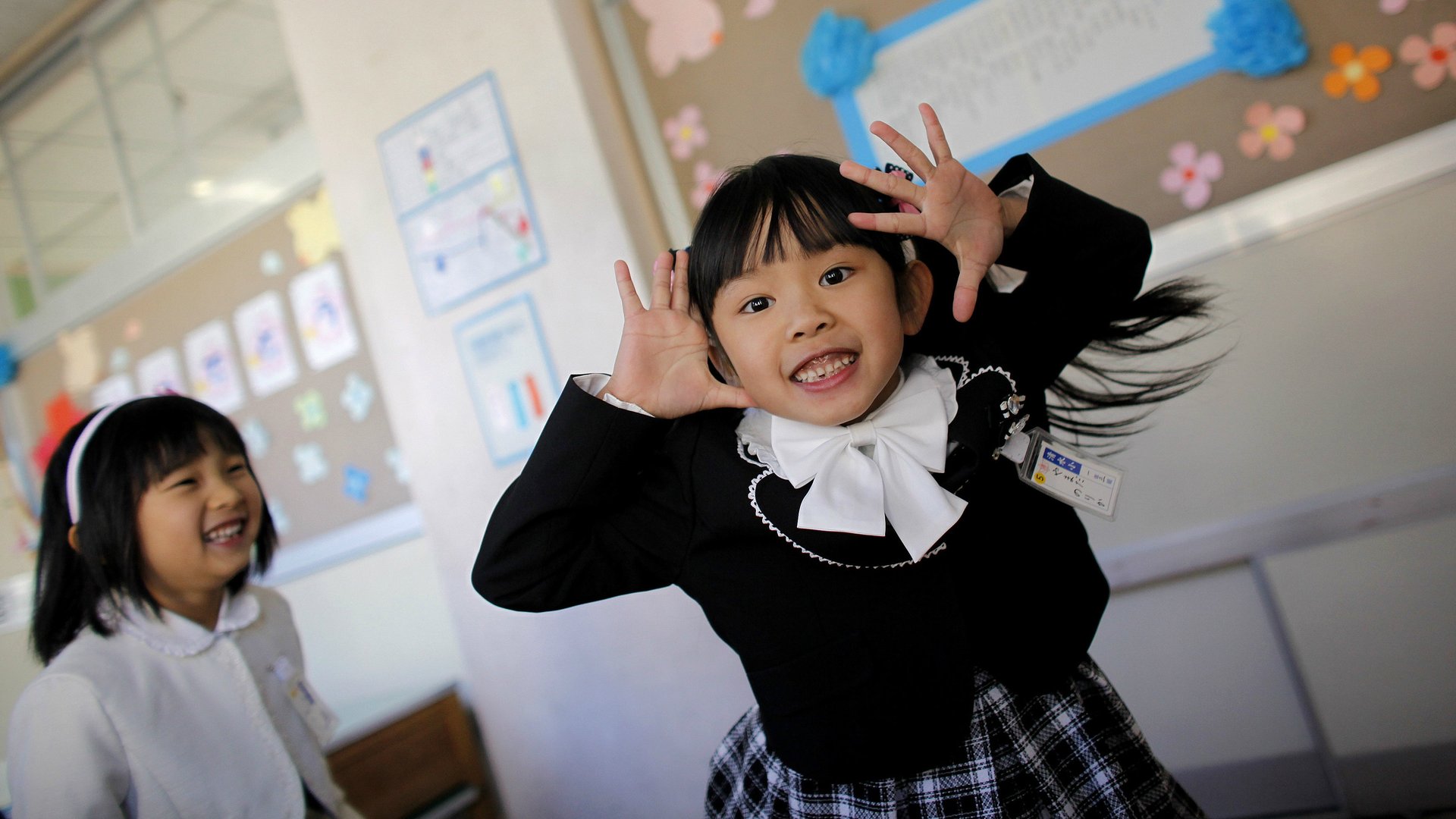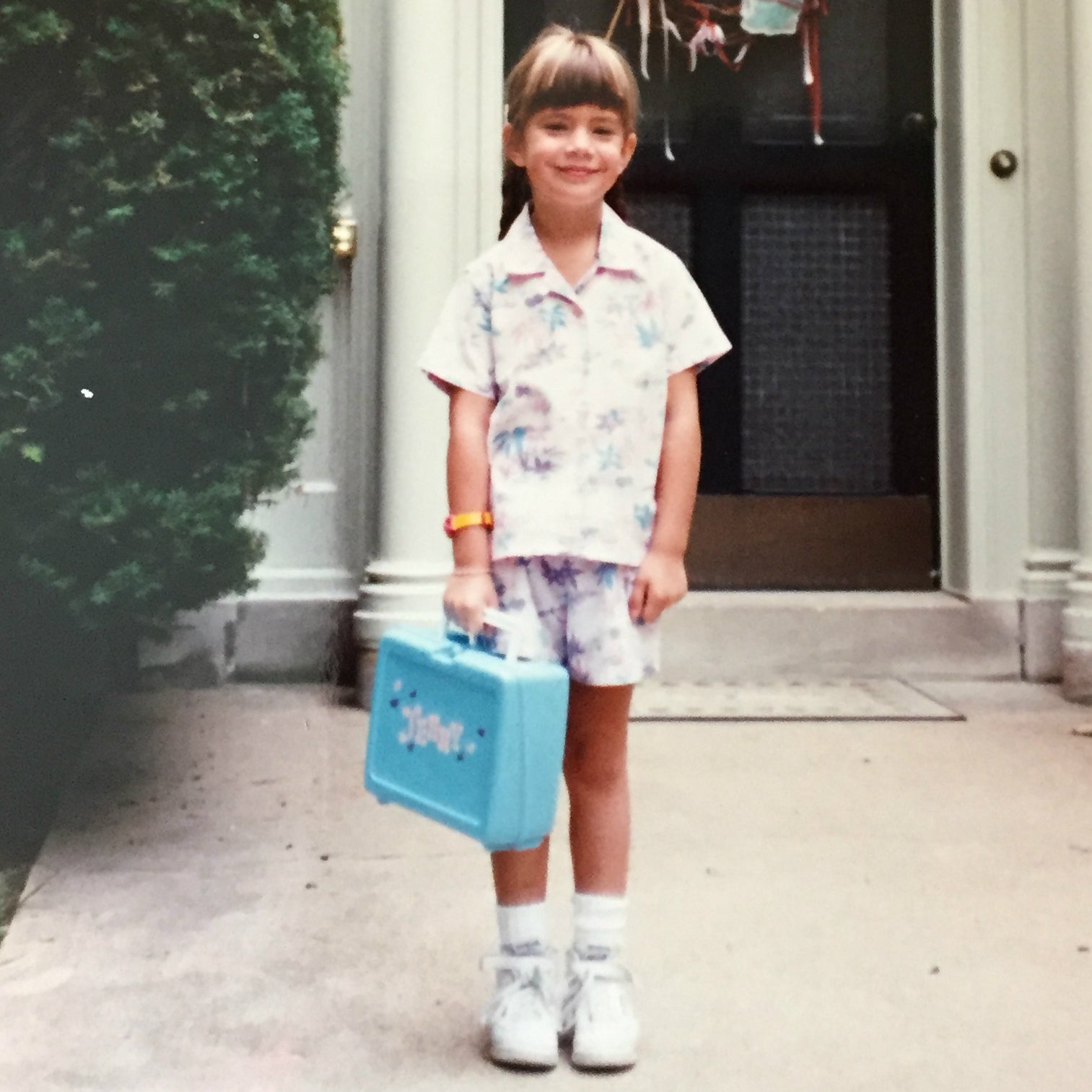The simple heroism of kids on their first day of school
All week, I’ve been admiring my friends’ kids on Instagram, adorably suited up for their first days of school in crisp shorts, clean sneakers, fresh fades, and body-dwarfing backpacks.


All week, I’ve been admiring my friends’ kids on Instagram, adorably suited up for their first days of school in crisp shorts, clean sneakers, fresh fades, and body-dwarfing backpacks.
I used to obsess about my first-day-of-school-outfit. It wasn’t just about looking cool in the nausea-inducing moment of entering a cafeteria filled with unfamiliar faces. The point was also to convey—you know, casually—who I was and what I was into, so that the people who might become “my people” would recognize me. As my academic career evolved, this included a t-shirt portraying André Agassi in full mullet (not ironically), Adidas shell-toes, and a Birkenstock-skimming crinkled skirt, borrowed from my older sister.
Today, when I look at school kids marching into the unknown at the summer’s end, it strikes me that the most impressive thing they wear is their brave, open smiles.
Maybe all these kids—gamely smiling for social media—are just too small to be angsty. Maybe they’re genuinely excited to see their friends and make new ones, or maybe, deep down, they just know they don’t have a choice.

Whatever it is, I’ve been trying to muster a bit of it for myself lately.
In a moment when technology and politics drive us further into our silos of comfort and “filter bubbles,” it feels especially important. I’ve always valued community, but until I moved across the country in my 30s, I wasn’t really aware of what it takes to build it. There are loads of practical steps, many that I’m still learning, but I think the main thing—and the hardest—is forcing myself to walk into a room full of strangers, rather than staying home, knitting, and watching Netflix.
I recently went to a “mixer” for people who work and live in my new neighborhood’s arts district. I didn’t know anyone, and when I arrived at the wine shop hosting the event, it was packed with small groups of people chatting. I took a deep breath, scrawled my name onto a sticker with a Sharpie, and scanned the room. (For the occasion, I’d worn a blouse I bought in Spain that looks like something a ship’s captain might wear in a Maurice Sendak book.)
A woman my age—Natasha, I now know—grinned widely at me. The relief that washed over me was as visceral as that moment on the first day of sixth grade, when a boy slammed his locker, eyed my concert t-shirt, and said, “Eric Clapton—cool.”